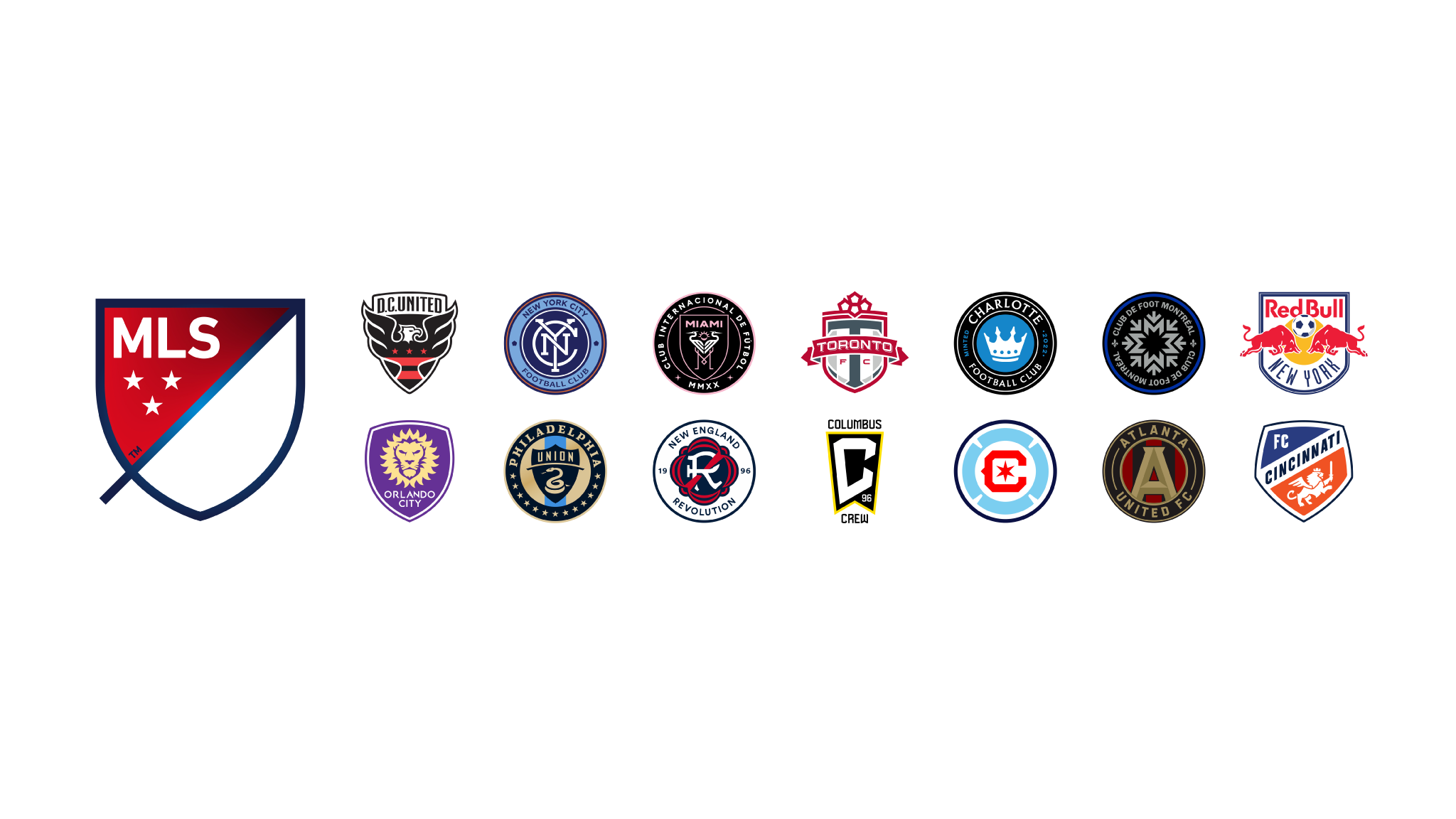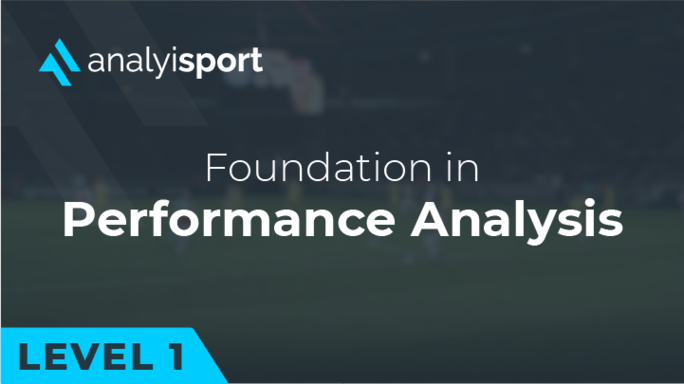The Development of Performance Analysis in the MLS
Most of us think we can judge whether a player is performing well and spot the areas in which a team needs to improve. We rely on our own experience of watching football and our intuitions about what’s working. Up until recently, coaches have been the same. But such judgement is subjective and can be inaccurate.
“Having one person watch a performance and be the sole arbiter of the performance is archaic and flawed,” says Ali Curtis, formerly Toronto FC’s General Manager. “And it doesn’t accurately account for the bias that we all possess as humans.”
Whether it’s deciding which players will perform best in the starting line-up, or identifying which areas of their game a player needs to be working on in training, a coach needs to be able to make good decisions. Their analysis of the situation needs to be clear and based on precise information.
Data allows analysts to accurately measure how well players are performing. Information about their movement and running is recorded by GPS vests and tracking systems in stadiums. Companies such as Opta record each pass, shot, and every other event that happens on pitch. All this information is great raw material for analysts.
The numbers are objective and they reveal a level of detail that goes far beyond what a person can see when watching a game or a training session. The analyst can then present this information to the coaching staff and players to help them improve their performance levels.
How MLS Clubs Use the Data
The data is only as good as the analyst using it. With so much information available, an analyst needs to be able to hone in on the important parts that can be used by the coaching staff. Greg Vanney, who is currently Head Coach of LA Galaxy, has emphasised how important it is for analysts to make their work relevant.
“If you can find very specific indicators in stats that fit exactly what you’re trying to accomplish that are relative to your style of play and can actually give you feedback on whether you’re being successful or not successful in what you’re trying to do, then they can be very beneficial,” Vanney has told The Athletic.
Knowing the style of play, the analyst can then look at how players are performing in metrics that are relevant. For example, if a coach likes their midfielders to make attacking runs into the box, the analyst can look at the timings of the runs the players are making, how often they receive the ball in the box, and how frequently it results in a goal-scoring chance. They can then find out who’s doing these things well and which elements of the style each player needs to get better at.
It’s then the job of the analyst to make this information accessible to the coaching staff and players who may not have a deep understanding of data.
“With any piece of work we do off the field we need to be able to bring this down to an applied level where the players and coaches can easily digest and use the content,” says Andy Peat, former First Team Video Analysis Coach at the Vancouver Whitecaps.

How MLS Clubs Use Video for Performance Analysis
One way that analysis can be made more accessible is with video. It’s especially great for presenting analysis to players. “In the end, you cannot show a player a spreadsheet, you have to refer to a video,” says Alexander Schram, former Director of Analytics & Strategy at FC Cincinnati. A video helps the player to see what they need to do differently and allows them to visualise the change they need to make.
As well as being used for presentations, video can also be used alongside data as a tool for doing analysis.
Analysts build databases of video clips to make it easy to find relevant footage. This can be match footage recorded during games or it can be footage recorded in training. Often the analysts will record training sessions themselves and code it.
They’ll tag each clip, so that if they need to look at how a player man marks, or plays through balls, they can watch clips of the same type of event from various matches. Using data to learn how a player performs on average. the analyst can make sure that the clips they watch are representative rather than a rare fluke.
Combining Data and Video Analysis
Until recently, data and video analysis have complemented each other, but often been done slightly separately. Clubs have sometimes had both a video analyst and a data analyst, each specialising in their own field.
Now things are starting to become more integrated.
Before the start of the 2022 season, Nashville SC tested a new integrated performance data and video analysis platform created by sport technology company Catapult. It combines datasets with video software, allowing analysts to overlay their videos with statistical information.
Having data and video together in one platform speeds up the analysis process, which is crucial in the fast-moving world of football. “It’s an exciting combination of two important information sources that mutually provide context to one another,” says Oliver Miller-Farrell, Nashville SC’s Senior Director of Strategy and Analytics.
Will Data Change the MLS?
It’s well documented that data analytics has transformed the way in which basketball is played in the NBA. In particular, it’s had a big influence on where players are shooting from: 3-point shots have become a lot more common.
Will football change in a similar way? It’s possible that data could dramatically change how coaches set up their teams as they look to maximise performance levels.
“Everyone knows basketball has changed; with soccer I don’t think we’re there yet,” Toronto’s Senior Manager of Scouting and Budge Sean Rubio has said. “But I think we’re going to see more optimization of shot selection. That’s where I think things are going. But we’re a few steps behind.”
Data will affect different sports in different ways. But what is certain at the moment, is that performance analysis is helping coaches to make better decisions and improve their coaching. It’s also creating a fairer way to judge performances, free from the biases that can lead to flawed assessments and hold back players and teams.
Related Courses:

- Level 1
- Course
Level 1: Foundation in Recruitment Analysis in Football
£70.00
Share this article
Our Learning Pathways
AnalyiSport is for everyone who is passionate about analysis in football. Where are you in your development journey?
Become a Football Scout
As more clubs than ever look to build data into their recruitment process, an understanding of recruitment analysis is your ticket to success in the game.
Related Articles
Our team provides news and insights from the cutting edge of football analysis.






